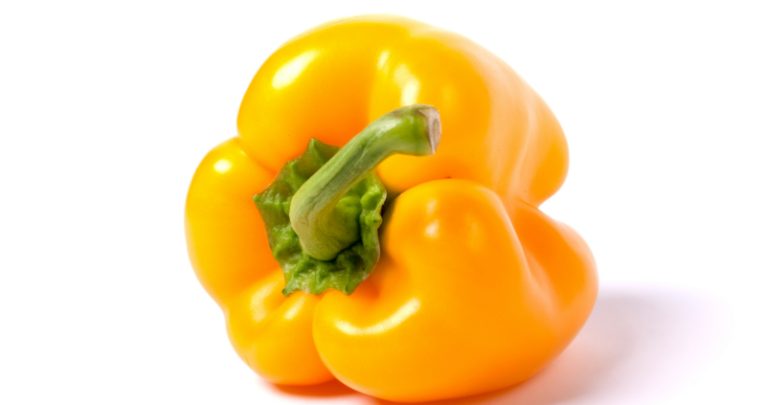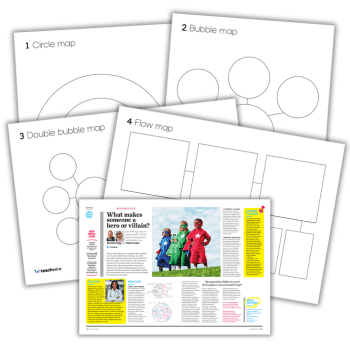Sensory Food Play Ideas To Encourage SEN Children To Explore Fruit And Vegetables

Help children discover, learn and accept new things through sensory play

Simple tasks such as eating, dressing or cleaning can distress young children with SEN, negatively affecting their development.
Approaching such tasks as play, however – and using children’s senses to engage them – can help children to discover, learn and accept new things. For example, ‘edible’ sensory play can motivate children to try food that’s good for them…
Tasting trays
Why not try a cereal-tasting tray? Set out a large tray of rice crispies and within it, along with some of the children’s favourite toys or character models, hide small, hard (slightly unripe) pieces of fruit (cherries, strawberries, grapes, plums or cherry tomatoes, etc).
Let the children explore colours, textures and tastes, then find the fruits together and make a tasty fruit salad. The fruit can also be used to make a puree and used as an edible paint, though some children with special needs find the sensory input too much).
Soup it up
Sit the children around some washed, but not peeled, vegetables (for instance, cucumber, marrow, onion, butternut squash, pepper, carrots, parsnips, potatoes and celery). Encourage the children to touch and smell the vegetables, then involve them in cutting them up and making a creamy soup.
A variation of this activity is creating a sensory tray with frozen vegetables.
Pancake painting
Instead of a regular breakfast, why not set up a pancake painting station? Use pancakes as canvases, a marshmallow on a lollipop stick as paintbrush and fruit sauces as paint. This activity helps children to see things from a different point of view and encourages them to go beyond their established habits.
Judit Horvath is nursery management adviser.











